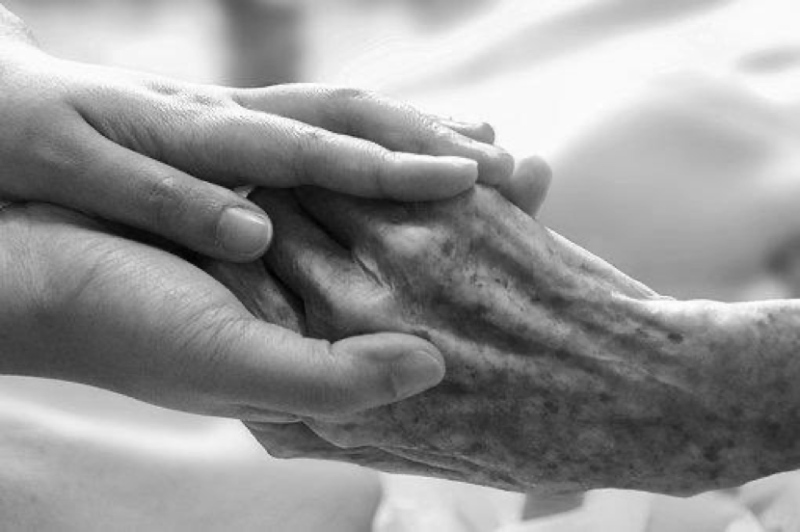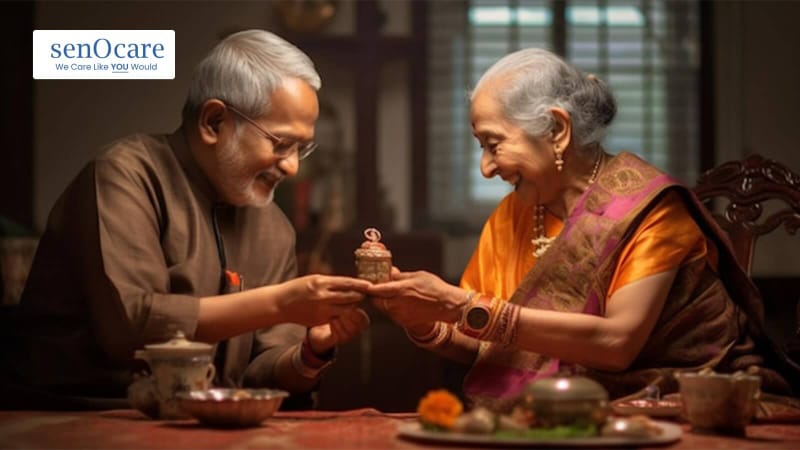‘Comfort Care’ is entitled to people approaching the end of their life or in the advanced stage of terminal diseases. It is focused on symptom control, pain relief, and improving quality of life. And finally, a pain-free and dignified end, embracing the circle of life. Good end-of-life care is an essential component of geriatric care. This blog is an attempt to raise awareness on comfort care and how it can ensure that the patient's needs and wishes are honored.

What is Comfort Care and what are its benefits?
Comfort care is defined as an approach of medical care focused on optimizing the comfort of patients who are facing problems associated with a terminal illness. When ongoing medical treatments are unlikely to change matters, comfort care relieves the patient from suffering and allows a better quality of life at the end of life. In geriatric care, it is often interchangeably used with ‘hospice care’ or ‘palliative care.’ Below are some facts about comfort care, based on what studies and science say.
Key Facts about Comfort Care
1.Comfort care is not about dying; it improves lives: Too often, people assume end-of-life care is giving up on life; there is no hope. Comfort care does not mean a death sentence. It is about living for as long as possible even when facing terminal diseases like cancer, heart failure, chronic obstructive pulmonary disease (COPD), stroke, and Alzheimer's disease.It is a holistic approach in geriatric care to address the physical, emotional, social, and spiritual needs of patient and family members. Early care can provide greater dignity and independence, thereby improving the quality of life.
2.Most of the patients prefer care at home: Even though it is provided in hospitals or nursing care homes, studies say that the elderly want to receive care where they are most comfortable—their beloved home. Eldercare services in India provide around-the-clock care in a hospital-like setting at home, fully equipped with medical facilities and nursing home care under the supervision of the comfort care team. It also reduces the financial burden on the family by averting unnecessary hospital admissions.
3.Treatment differs for hospice care and comfort care patients: While both are similar options for end-of-life care in geriatric care, the type of care depends on a patient’s medical condition. Comfort care may begin at any stage of serious illness, starting from diagnosis. Patients can opt for life-prolonging treatments that might cure an illness. Hospice care, on the other hand begins after receiving a diagnosis of six months or less left to live with no further experimental treatments. In both the cases, it is administered by different health professionals, social workers, and therapists to make the patient as comfortable as possible.
4.Pain-relief medicines/opiods are essential: Opioids and other controlled drugs are the most important medications used for pain management in cancer. The ease of access to opioids depends on the healthcare policies of a particular country. Currently, less than 1% of the needy in the country have access to essential opioids, which calls for a simplified regulation.
5.About 1%-2% people have access to comfort care in India : Low awareness, lack of trained personnel, and misconception of comfort care as merely end-of-life care severely restrict its widespread coverage. Families often agonize over giving a respectful end to a member in their final days. A national-level plan, availability of the essential medications, education, and training are needs of the hour for improving the access.
Benefits of providing comfort care
For many elderly diagnosed with life-threatening diseases, early provision of comfort care can alleviate distressing symptoms and improve the quality of life. Key benefits in the domain of health care for elderly are:
- Treatment to alleviate pain and symptom relief
- Relieving discomfort from breathing problems, digestive problems, fatigue, etc.
- A holistic treatment approach to address the body, mind, and soul
- Enables dignified and quality end-of-life care
- Reduces hospital stay
- De-stress family members by being supportive
For how long can comfort care be provided?
Unlike hospice care, comfort care may begin at any stage of serious illness, starting from diagnosis, and can continue with curative or life-prolonging treatment. Hospice care, on the other hand, starts after receiving a diagnosis of six months or less left to live with no further experimental treatment.
Examples of comfort care measures
Comfort care ensures pain-free care and relieves the patient of all sufferings. Measures generally involve discontinuing medical treatments that inflict pain or cause discomfort. Some common examples are:
- Providing medications used for pain management and anti-nausea
- No lab tests, no needle pokes, no medications unless needed for comfort
- Introducing relaxation techniques to get relief from anxiety, restlessness, and confusion
- Limiting the routine check of vital signs
- Providing spiritual care
Is Comfort Care the right option for your aging loved one?
Comfort care adopts a holistic, mind-body-soul approach to addressing the impact of a terminal disease as opposed to curing the particular ailment. If you are wondering whether comfort care is a good fit for your aging loved one, it is advisable to communicate the need directly with them, if possible, and seek further insights from your physician. The decision rests on your and your loved one's will.
If you are looking for oldage service or have questions about end-of-life care, call us at +91 8800 003 046 or email us at info@senocare.in. senOcare aids you with the best intervention of personalized elder care services in India and helps you make well-informed decisions.


